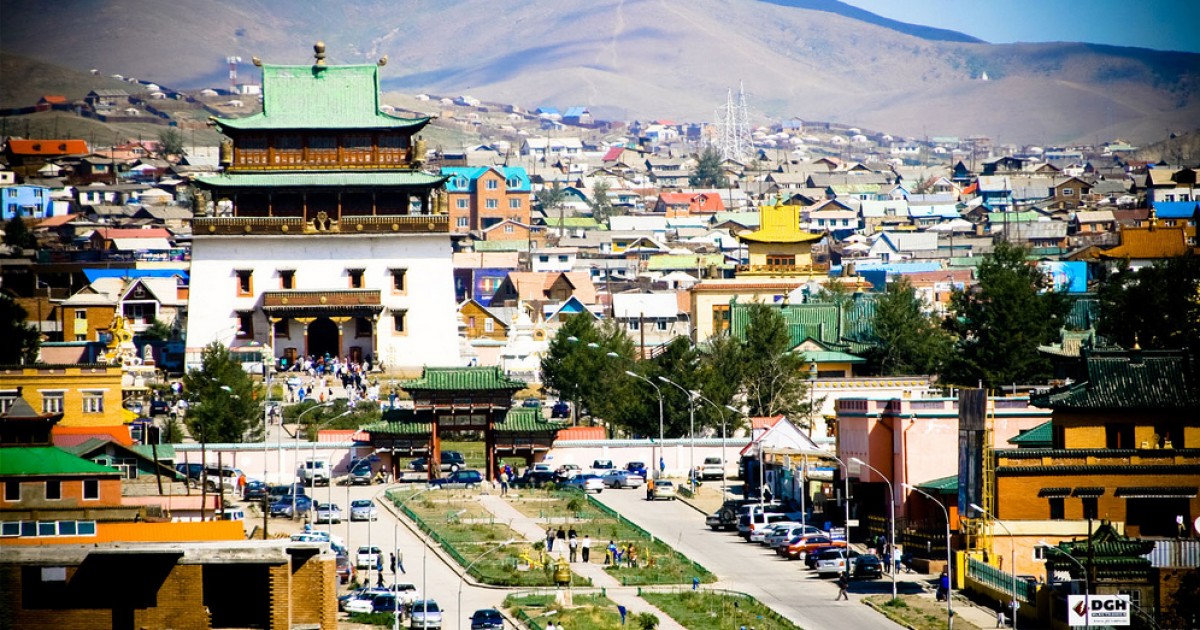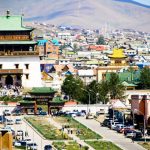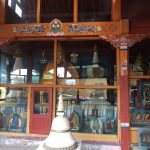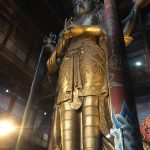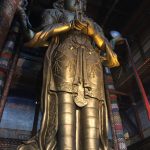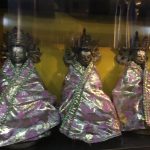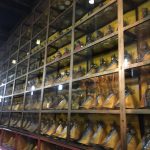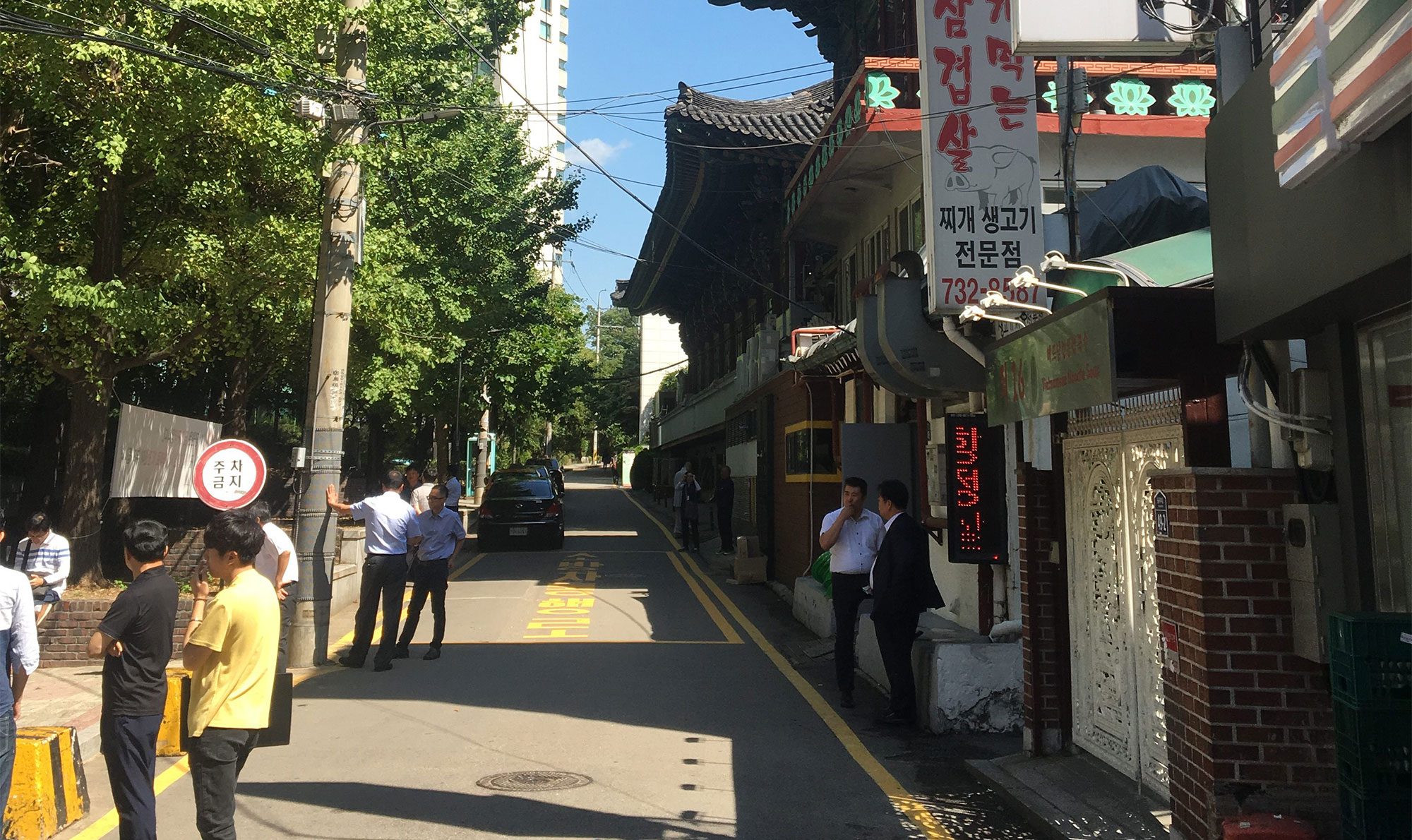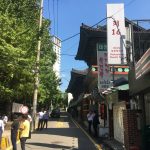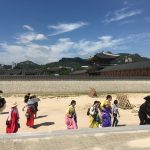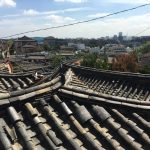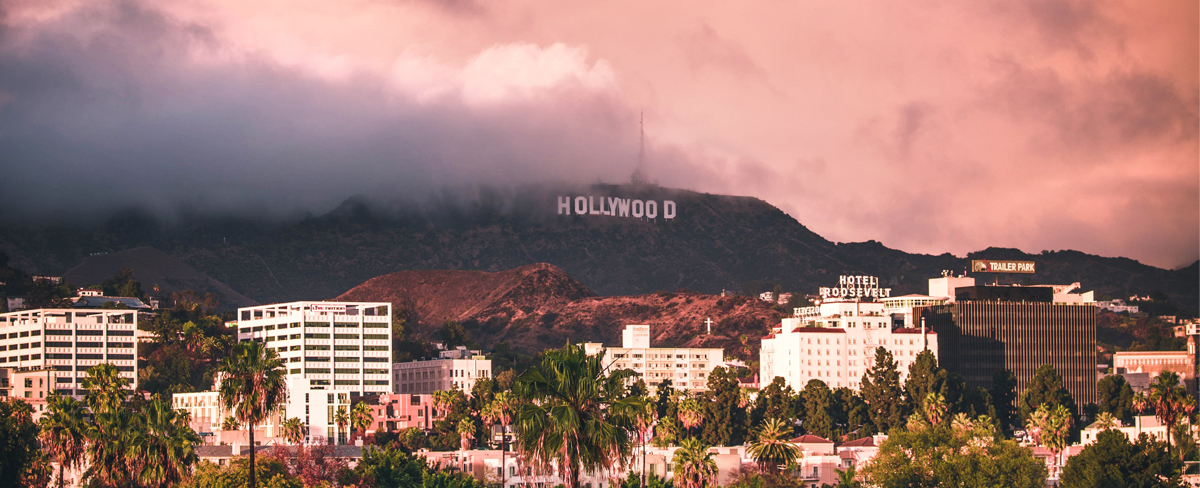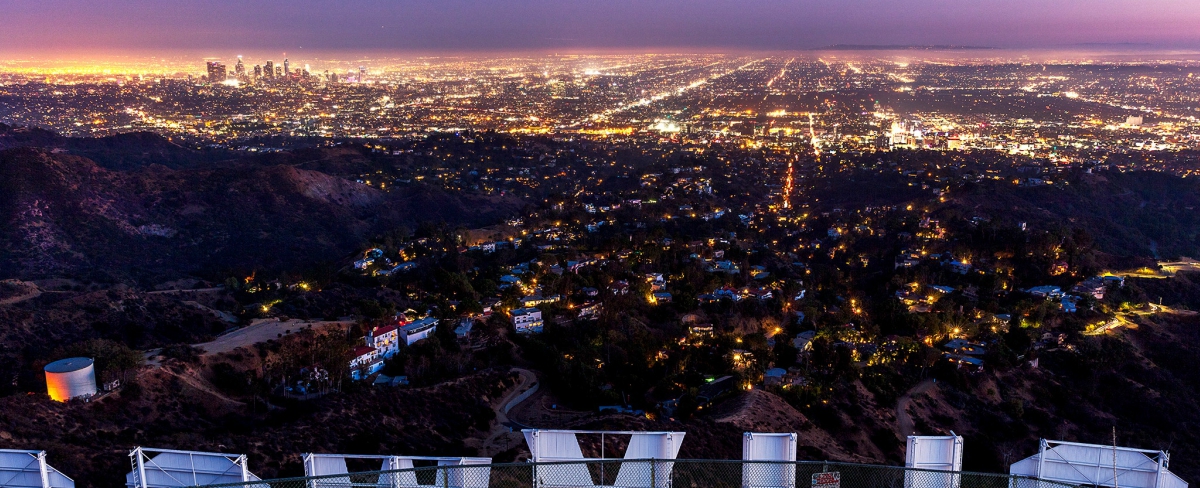23 September, 2018
Megjid-Janraiseg
Back in Mongolia, I visit the Gandantegchinlen buddhist monestary. The great statue of Megjid-Janraiseg (the lord who watches in every direction) was built in 1809. In the 1930s, the communist government of Mongolia destroyed most monasteries, killed 15,000 lamas, and by 1938 Russian troupes dismantled the statue and used it for scrap metal.
The statue was rebuilt in 1992, 87 feet high, covered in gold, with more than 200 pounds of silk, 2286 precious stones, and filled with 27 tons of medicinal plants, 334 sutras and 2 millions mantras. Megjid-Janraiseg surrounded by one thousand statuettes of God Amitabha, like dolls in a case I say, but told to be quiet.
Seoul Stop By
I never should have listened to Japanese friends – telling me Seoul was a third rate Tokyo. I finally got the chance to stop by, magical . . .
Like Tokyo with grit, a thrilling mix of ultra-modern, ancient, green hills popping up in the middle. Perhaps it’s partly because of LA – I live next to Koreatown, I felt connected, intrigued, a longing. I want more.





